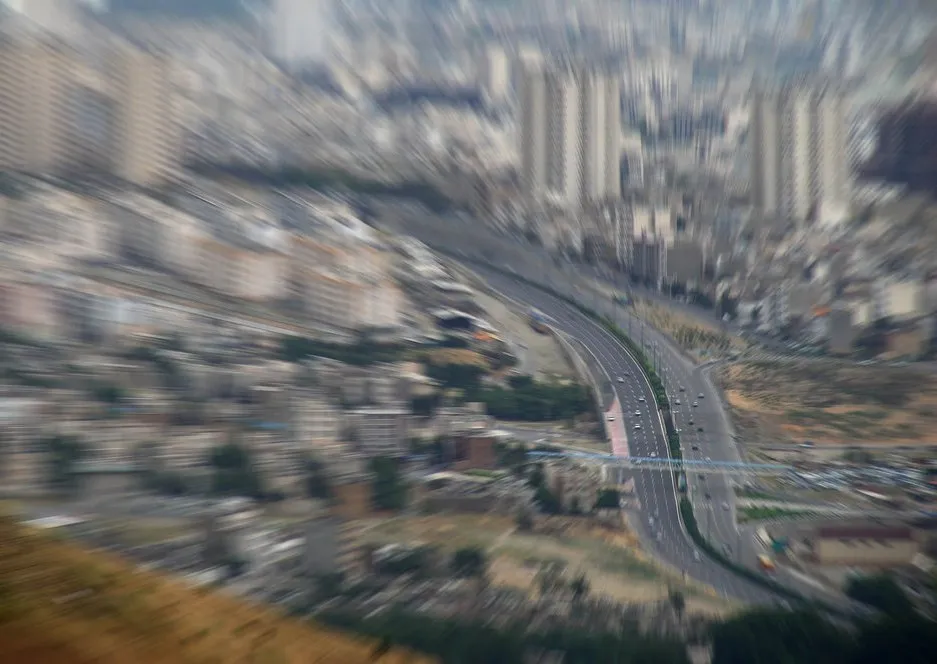Over the past few weeks, Iran, the seat of Shiite Islam and one of the tripoles of influence in the Middle East, saw a spurt of protests erupt across various towns and cities as the country’s large youth demographic voiced their anger against stunted economic conditions, stale job market and the global pandemic of the failures of ‘trickle-down’ economics.
According to figures provided by Iranian reformist parliamentarian Mahmoud Sadeghi, more than 3,700 people have been placed under arrest by the Iranian authorities. This is not the first time protests in Iran have made global headlines, previously, in 2009, similar protests led by economic stagnation and social constrictions erupted in the capital Tehran, only to be quenched effectively by the police forces.
The general public discourse around such events in Iran usually pendulums between the ill-informed and the critically ill-informed. For some reason, in a lot of public perception, including in India, Iran is perceived as a hermit-state. This debris of thought from the post-9/11 era when, during the run-up to the Iraq war, while delivering the State of the Union speech on 29 January 2002, the then US President George W. Bush clubbed Iran, Iraq and North Korea as the ‘axis of evil.’
Prior to this moniker’s aiding the very problematic terminology of ‘war on terror’, American and Iranian ties, while fraught, were still facing towards the positive direction. Perhaps due to these chain of events, perception amongst the generalised debates remains that Iran is some sort of a hermit state, like North Korea, and the truth cannot be further away from such discourse.
Under international sanctions for a good part of the past decade due to its nuclear programme (which Tehran maintains is for peaceful energy purposes), the Iranian economy suffered significantly as foreign investment dried up and international financial highways came under heavy scrutiny for Iranian money.
More than 60 per cent of Iran’s population is estimated to be under 30 years of age (2013 figures as per the World Bank), rendering the issue of employment and economic aspirations one of the biggest challenges to the Government of President Hassan Rouhani, a moderate, trying to end an impasse with the West and open up his country to rapid growth.
Iran holds some of the largest oil and natural gas reserves, and till some years ago, was India’s second largest supplier of crude oil. In fact, the Mangalore oil refinery in southern India was specifically designed to handle the ‘heavy crude’ variety of oil that India imported in large quantities from Iran.
Labelling these Iran protests as ‘revolution’ and thinking any public dissent in the country is a call for regime change, is a disservice both to the Iranian people, who had patiently weathered many storms as their political class negotiated a long and tiresome deal with the P5+1 group of Western nations and came to an agreement, one that was deemed historic then, but today faces the careless disruptions of the international order under US President Donald Trump’s Administration.
While Trump has publicly given support to the Iranian protests (devoid of following an actual policy), President Barack Obama had maintained a distance in 2009 when similar events had occurred, not to spook the Iran nuclear negotiations that he was hoping would become an enduring part of his legacy.
However, the latest protests, as Reza Marashi, Research Director at the National Iranian American Council (NIAC), correctly illustrated in his writings, were about the long fight for civil rights in Iran, and not entirely about regime change.
A lot of discontent in Iran currently comes from how the country’s political structures work, the challenges from the conservative lobbies to Rouhani’s presidency and the role of the Ayatollah, the Iranian Revolutionary Guards (an elite military force only answerable to the Ayatollah) in the country’s economy.
The success of the nuclear deal was important to the Iranians as they expected their economic situation to get significantly better, and the youth, particularly in rural areas, looked towards being gainfully employed.
However, regional politics, the Syrian war, the never-ending race for Shia-Sunni supremacy between Saudi Arabia and Iran saw Tehran increase its spending in arming Shiite rebels across Syria to defeat the Islamic State and other Sunni insurgencies, not necessarily returning the liberated lands to the people, but replacing the vacuum with their own brand of militias.
The costs for these policies were tremendous, both economic and human, so much so that Tehran went ‘shopping’ to Afghanistan for Shiite fighters, bringing them to Iran for training and then deploying them in Syria as local reinforcements started to get exhausted.
These regional battles of hegemony only exasperated an already precarious social situation in the country. While it is not out of the questions that factions within Iran’s polity, looking to undermine a moderate Government, may have played some sort of role in the events that unfolded, the fact that the said ‘uprising’ was leaderless, directionless and largely purposeless yet still getting branded as a revolution with regime change as the end-game, shows more recklessness from a large yet significant part of the Western discourse than just highlighting Iran’s internal political troubles.
This commentary originally appeared in The Pioneer.
The views expressed above belong to the author(s). ORF research and analyses now available on Telegram! Click here to access our curated content — blogs, longforms and interviews.




 PREV
PREV



